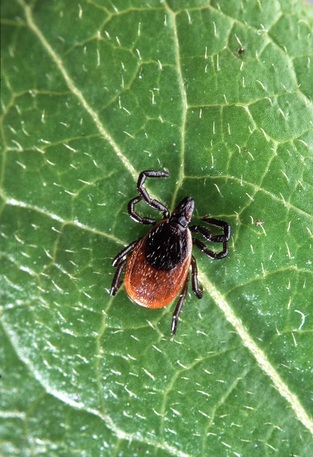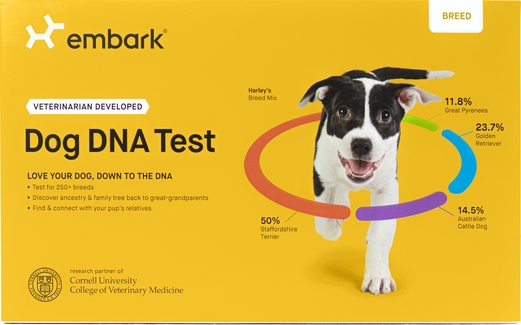Fever
- The temperature of the animal will eventually rise as its internal system tries to fight off the foreign objects in the bloodstream.
Swollen And Painful Joints
- Bacteria may build up at the point in joints which may cause painful movement of the joints resulting in a slowdown of the animal.
Loss of Appetite
- Normally when any mammal is experiencing illness which brings about fever and affects the nervous system, you will find that loss of appetite comes along with it. Your dog will now be as "chowy" as he used to be.
Swelling of Lymph Nodes
- Lymph nodes are important part of the immune system.Lymph nodes are located throughout the body, but visible and palpable only when they are enlarged or swollen. This also contributes to saggy movement of the animal.
| | Lyme Disease Facts
|
 Deer Tick - Carrier of Lyme Disease
Deer Tick - Carrier of Lyme Disease If you believe that your Dog has been infected with Lyme disease, the first thing you must do is to take that animal to a vet and let the vet examine and diagnose the animal. The Vet Facility will have to run a series of test on the animal to determine if your suspicions are correct. These test includes a physical exam and blood test. If the animal is diagnosed with Lyme disease, then the vet will consult with you and treatment of the disease will follow.
Treatment Of Lyme Disease In Dogs
Normally when Dogs are infected with the Lyme disease, the most common treatment is for the vet to administer antibiotics to destroy the bacteria. It is up to you if you would prefer the animal to be kept and monitored over night or take the animal home. The antibiotics should begin to work and the animal should show improvement in 2-3 days.
Preventing The Infection Of Lyme Disease In Your Dog
Well for start you have to ensure that the animal remains tick and flea free. Buy anti-tick and flea collars. Ensure that the animal is bathed and when so use flea and tick shampoo. Keep the dog well groomed and monitor the animal for any excess itching. Ensure that your environment is not tick friendly. Keep you lawn mowed regularly and ensure that the yard is maintained on a regular basis. Get rid of unnecessary bushes and shrubs. Spray areas where you know your dog visits frequently with tick and flea spray. Once you have a tick free environment then you dog will also remain tick and Lyme disease free.


 RSS Feed
RSS Feed



